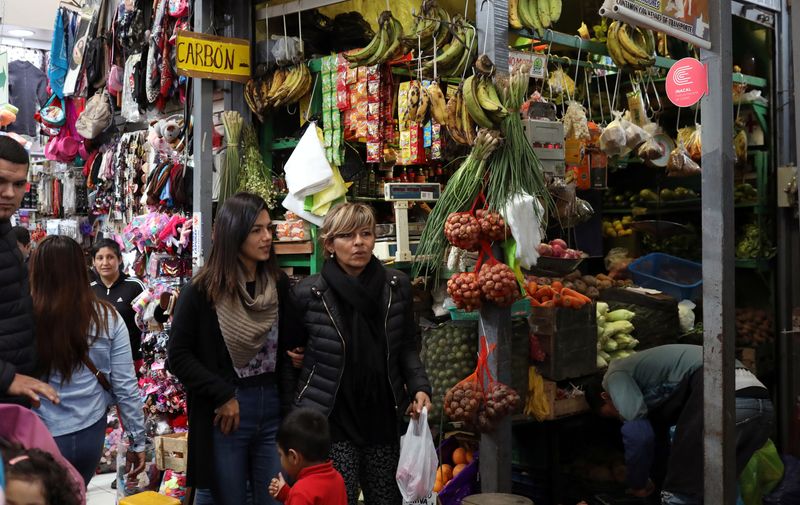By Marco Aquino
LIMA (Reuters) - Peru's economy contracted for a fifth consecutive month in September, landing well below forecasts, but the country's economy minister argues the downturn can be reversed with economic growth expected by early next year.
The mining-dependent South American economy has stumbled this year due in part to bad weather linked to the El Nino weather phenomenon and social strife.
Peru's gross domestic product shrank about 1.3% in September, according to data from statistics agency INEI released on Wednesday, or double the 0.65% contraction forecast in a Reuters poll.
Meanwhile, GDP shrunk 0.63% year-on-year over the first nine months of 2023. According to analysts, the third quarter's contraction marks the worst performance in three decades excluding the coronavirus pandemic.
Nevertheless, Economy Minister Alex Contreras told radio RPP there were signs of improvement in October and the first half of November.
"The situation can be alleviated," he said. "This drop is going to moderate."
While a government stimulus package was launched last week, INEI also pointed to adverse socio-environmental conflicts and climate problems.
"The country's productive activity was affected by the state of alert over the coastal El Nino phenomenon, which interrupted normal development of economic sectors such as agriculture, manufacturing and construction," INEI said in a statement.
The contraction was led by year-on-year declines in agriculture, manufacturing, construction and finance, even as activity related to fishing, mining and energy improved.
The data comes after the central bank's chief economist warned last week that the July-to-September period could mark a third straight quarterly contraction.
Peru slid into a technical recession earlier this year, following two quarters of negative growth.

The chief economist added that an already downwardly revised 0.9% economic growth forecast for this year still faces "downward pressure."
Analysts at J.P. Morgan said while they expect the economy to "firm up" in the fourth quarter, the central bank should consider accelerating its easing cycle so benefits are felt by the time El Nino fully hits next year.